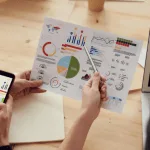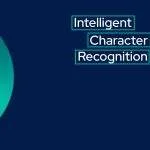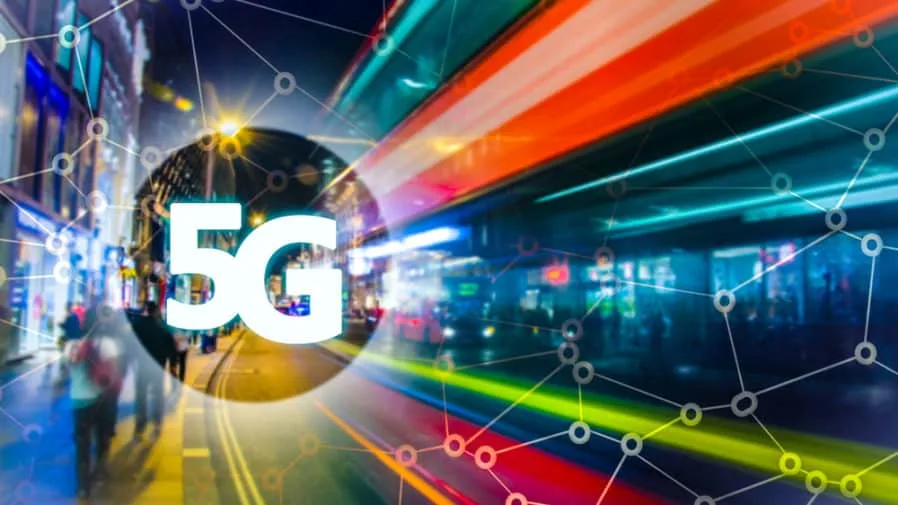The convergence of 5G technologies and IoT solutions is redefining the way we connect and interact with one another. It is not a mere statement; it is reality.
We already have smart phones and tablets that can communicate with our refrigerators, security systems and our home alarm systems. In fact, we are beginning to see more devices that perform routine tasks with our refrigerators, security systems and home alarm systems wirelessly.
The IoT and 5G technologies are intrinsically connected. According to a U.S. Government Accountability Office study, IoT devices are primary users of 5G wireless connectivity.
The IoT devices that will be accessed through 5G will likely include baby monitors, medical monitoring systems, doorbells and other home security devices and smart phones.
A major advantage of IoT and 5G technologies is the ability to manage and process real-time health data. Real time healthcare information can reduce the amount of time spent analysing electronic patient records and can increase accuracy in diagnosing certain conditions and diseases.
Furthermore, real time health data can improve patient care by enabling healthcare providers to diagnose potentially serious conditions before they occur.
Also, by enabling easy access to real time health data, 5G can facilitate the exchange of information between various health care entities such as clinics and hospitals, as well as between doctors and patients.
Another advantage of these technologies is reducing healthcare costs. Since healthcare technology is rapidly evolving to include new and improved diagnostic tools, care expenses are expected to decline. However, to achieve greater financial stability and reduce health-related costs, healthcare organisations must implement and maintain detailed standards for their specific health domain.
IoT and 5G technologies can help to identify and reduce waste in healthcare processes. Additionally, they can also provide a framework for improving healthcare quality by defining and standardising quality metrics that are directly related to expenditures, such as quality measures for diagnostic procedures and workflow initiatives.
Although IoT and 5G Technology has the potential to bring about dramatic improvements in healthcare delivery, some challenges still exist. One challenge is that there will be substantial improvements in connectivity – between equipment and between devices – but it is still expected to experience challenges when it comes to speed and reliability.
Similarly, the widespread use of IoT technologies in conjunction with traditional networks (e.g., legacy networks) may reduce deployment costs and boost operational efficiency, but this will likely not be realised until after the deployment. Likewise, the extended connectivity that IoT technologies offer will also likely decrease downtime for equipment and services, but this will only be realised after the adoption. Because of this, there are still challenges to overcome in implementing 5G Technology and IoT.
In order to overcome these obstacles, healthcare providers should consider the possible ways in which both IoT and 5G can collaborate and integrate with each other.
First, IoT will require the capability to send and receive data at a much faster speed, and probably at a higher bandwidth, than legacy networks can provide. In addition, it will allow for the integration of different devices (phones, tablets, etc.) which will provide real-time information from anywhere with access to a broadband internet connection.
The health care industry is an area where both technology and personnel can come together to address issues and improve service delivery. For instance, one solution that was developed for hospitals is the use of Covid-19 Pandemic kits.
These kits contains biological safety cabinets that contain biological safety stocks such as syringes, sharps, and others. These stocks can be used in case an emergency arises, and the pandemic virus is contained within the kit. This is just one example of how both IoT and 5G can work together to make healthcare more efficient.
With the right solutions, both IoT and 5G technology can help to reduce healthcare costs, and ultimately increase patient care and overall wellness. Health care organisations face many unique challenges, and the incorporation of both technologies can help to lower down these costs and improve patient care. However, implementing solutions requires planning, training, and a little bit of forward thinking.
By looking into both challenges, healthcare leaders can look at their existing infrastructure, as well as potential new threats and how they can work to solve those problems. This type of research can go a long way towards helping to improve the standard of care that each patient enjoys.







